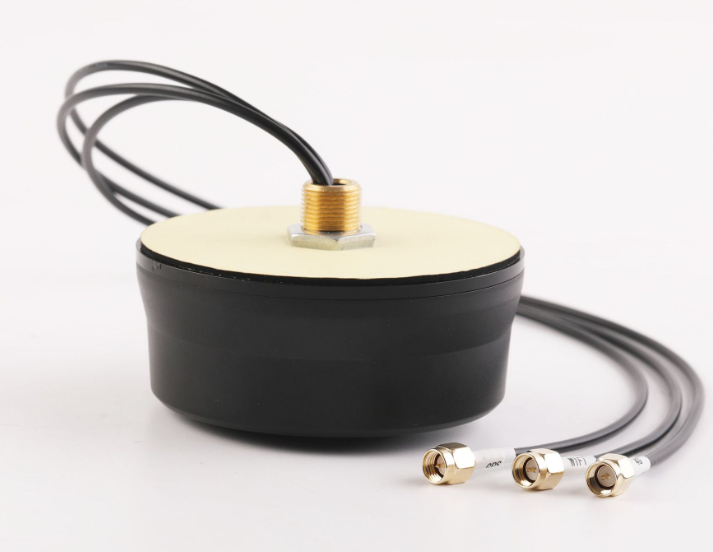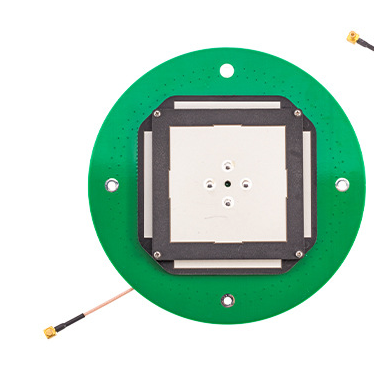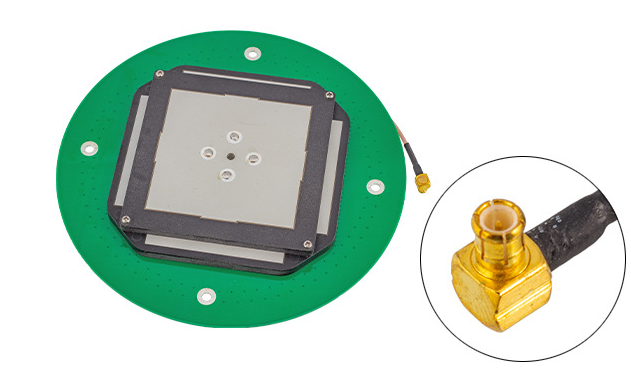Gps antenna specification
With the wide application of Global Positioning system (GPS) technology, the specification and performance of GPS antenna, as the key equipment to receive GPS signals, have been paid more and more attention. In this paper, the specifications of GPS antenna are introduced in detail, including antenna type, working frequency, gain, polarization mode, impedance, voltage standing wave ratio (VSWR) and other parameters, and its applications in different fields are discussed.

GPS antenna specification parameters
1. Antenna type
There are many types of GPS antennas, such as spiral antenna, patch antenna, rod antenna and so on. Different types of antennas have different characteristics and are suitable for different application scenarios.
2. Working frequency
The working frequencies of GPS antennas are mainly concentrated in L1 band (1575.42MHz), L2 band (1227.6MHz) and so on. Antennas in different frequency bands have different propagation characteristics, which need to be selected according to the actual needs.
3. Gain
Gain is an important parameter of GPS antenna, which indicates the ability of antenna to amplify GPS signal. The higher the gain, the stronger the ability to receive signal.
4. Polarization mode
The polarization modes of GPS antennas are linear polarization and circular polarization. Linearly polarized antennas have strong signal reception ability and are suitable for fixed scenes. Circularly polarized antennas are suitable for dynamic scenes and can automatically adapt to the change of signal direction.
5. Impedance
Impedance is an important electrical parameter of GPS antenna, which indicates the ratio of voltage to current at the input of the antenna. Good impedance matching can ensure the efficient operation of the antenna.
6. Voltage standing wave ratio (VSWR)
The voltage standing wave ratio represents the ratio of the voltage wave to the reflected wave at the input of the GPS antenna, which is an important index to measure the antenna matching performance. The smaller the VSWR value, the better the antenna matching.
Specification and Application of GPS Antenna
1. Spiral antenna
Spiral antenna is a commonly used type of GPS antenna, which has high gain and circular polarization characteristics. It is suitable for dynamic environment, such as vehicle, shipboard, aviation and other applications. Spiral antenna has a variety of specifications, and products with different frequency bands, gains and sizes can be selected according to the needs.
2. Patch antenna
Patch antenna is a kind of miniaturized GPS antenna, which has the advantages of small size, light weight and easy integration. It is suitable for integration in mobile devices, handheld terminals and other devices. The specifications of patch antenna include working frequency, impedance, gain and other parameters, which need to be selected according to the equipment requirements.
3. Rod antenna
Rod antenna is a common GPS antenna with high gain and linear polarization characteristics. It is suitable for fixed scenes, such as map navigation, location service and other applications. The specifications of Rod antenna include length, diameter, working frequency and other parameters, which need to be selected according to the application scene.
Application example of GPS Antenna
1. Navigation field
GPS antennas are widely used in the field of navigation, including vehicle navigation, mobile phone navigation, ship navigation and so on. Different specifications of GPS antennas should be selected according to the application scenarios to ensure accurate positioning services.
2. The field of Internet of things
In the application of the Internet of things, GPS antennas are used for tracking and positioning devices, such as smart logistics, smart home and so on. Different sizes of patch antennas and rod antennas can meet the needs of Internet of things devices.
3. In the field of aerospace
In the field of aerospace, the performance of GPS antenna is very high. High-gain and circularly polarized antennas such as spiral antenna are widely used in aircraft, UAV and other aerospace equipment.
There are various specifications and types of GPS antennas, which need to be selected according to the application scenarios. Understanding the specification parameters of GPS antennas, such as working frequency, gain, polarization mode, etc., will help to select appropriate antenna types and improve positioning accuracy and receiving effect. With the continuous development of global positioning system technology, GPS antennas will be widely used in more fields.





